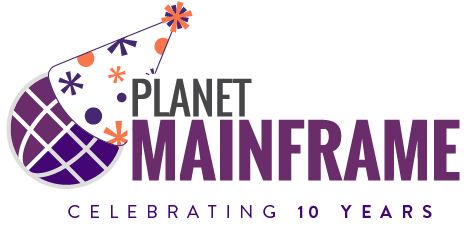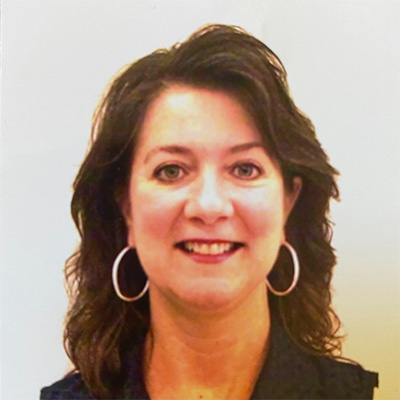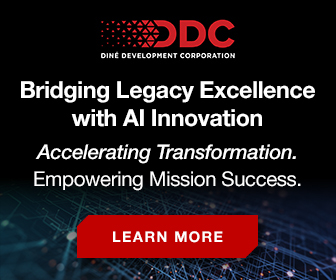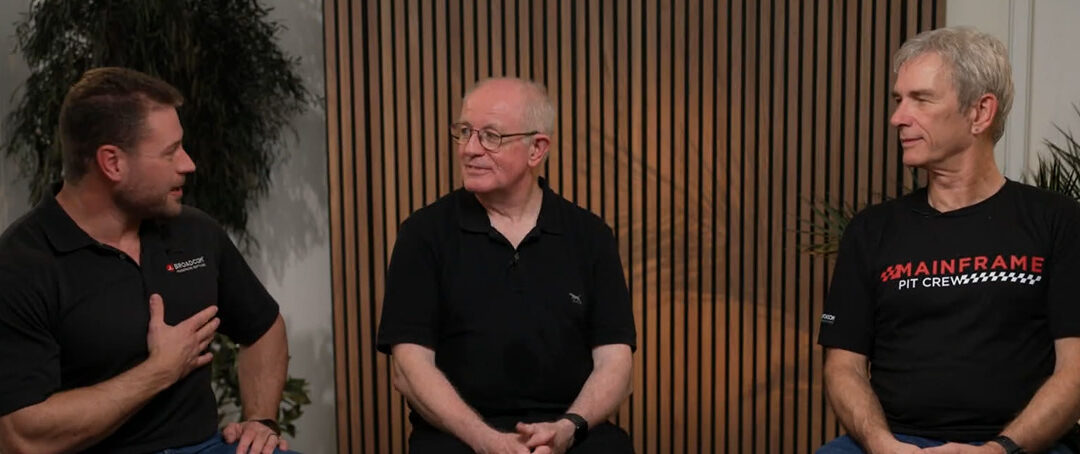What if your biggest business continuity risk isn’t tied to technology at all, but to talent?
That’s the premise behind the Mainframe Talent Succession Playbook, a research-backed guide from CCS Insight. Based on direct interviews with Broadcom customers and education partners, the report explores the state of mainframe talent readiness across hybrid IT environments.
The findings were eye-opening and highly actionable. From succession planning to skilling strategy, the playbook uncovered five powerful truths that reshape how enterprises build resilience into their mainframe workforce pipeline.
Mainframe Talent Succession Matters Now
Modern enterprises can’t afford talent fragility or fracturing. As hybrid IT stacks expand, mainframe skills remain central to innovation, security, and business continuity. The Succession Playbook highlights how leading firms turn workforce planning into a future-ready strategy.
Here are five takeaways every mainframe leader should know:
1. Position Z as a Platform for Now – and What’s Next
The most successful organizations treat their mainframe Z environments as integrated innovation platforms, springboards that work in tandem with cloud-native and distributed systems.
In the playbook, firms attracted top talent and executive backing by showcasing the platform’s role in AI acceleration, quantum-safe encryption, and hybrid cloud integration. These aren’t lofty ambitions; they’re happening now.
What to do: Show your teams how their mainframe work contributes to enterprise-wide innovation. Highlight breakthrough projects, showcase measurable impact, and allow your engineers to build what’s next.
“Most succession efforts stall because no one owns them. “
2. Your Training Budget is a Reliability Metric
Think training is a soft perk? Think again.
Top-performing organizations treat mainframe training and upskilling like system uptime: it’s tracked, protected, and required. Standard practice includes 80+ hours per year, structured boot camps, and rotations across cloud and mainframe roles.
Why? When learning is built into the delivery rhythm, retention and resiliency follow. Plus, investing in employee learning frequently results in employees staying invested in the company.
“If you wouldn’t run code without regression tests, don’t run teams without learning paths.”
What to do: Tie training budgets to workforce resilience key performance indicators (KPIs). If you wouldn’t run code without regression tests, don’t run teams without learning paths.
3. “Two-in-the-Box” isn’t Optional
Relying on a single subject matter expert (SME) for core infrastructure creates a staffing gap – and a resilience risk.
Smart firms implement “two-in-the-box” structures, which means pairing senior and junior engineers to ensure continuity, mentoring, and mutual coverage. This reduces early retirement risk while fueling onboarding and burnout prevention.
Plus, it’s good business. A 2024 study found the median profits for US Fortune 500 companies with mentoring programs were twice those without mentoring.
The median profits for US Fortune 500 companies with mentoring programs were twice those without mentoring.
What to do: Conduct an analysis of single points of failure across your workforce. Where there’s only one name listed, you have a business resilience gap. Start there.
4. Succession Planning Needs a Scorecard.
Most succession efforts stall because no one owns them.
To overcome this common obstacle, the Mainframe Talent Succession Playbook recommends clear governance. This should include a named talent optimization lead, accountability at the CIO level, and KPIs such as apprentice conversion, documentation completeness, and coverage ratios.
These aren’t nice-to-have bonus committees; they’re structural necessities to create success.
What to do: Add workforce resilience metrics to your next board-level risk review. If you track CPU load, you can also track succession health.
5. Build Future-Ready Teams, Not Just Continuity
The best organizations don’t view succession as “only” risk mitigation. They see it as future business and workforce enablement.
Innovation is accelerating, from on-chip AI inference in z17 to quantum-ready encryption. You need a workforce that can support and drive modernization.
What to do: Tie succession planning directly to your modernization roadmap. Ask who is ready to own their next mainframe innovation initiative? Build that bridge now.
The Bottom Line
Workforce resilience is no longer a back-office HR initiative. It’s a front-line imperative across mainframe and hybrid IT.
At Broadcom, we’re embedding these principles into everything we do—from our Vitality Program and Expert Program to the full Beyond Code program, which addresses customer challenges beyond traditional software.
If you’re ready to move from talent fragility to engineered continuity, the Mainframe Talent Succession Playbook is your blueprint.









0 Comments